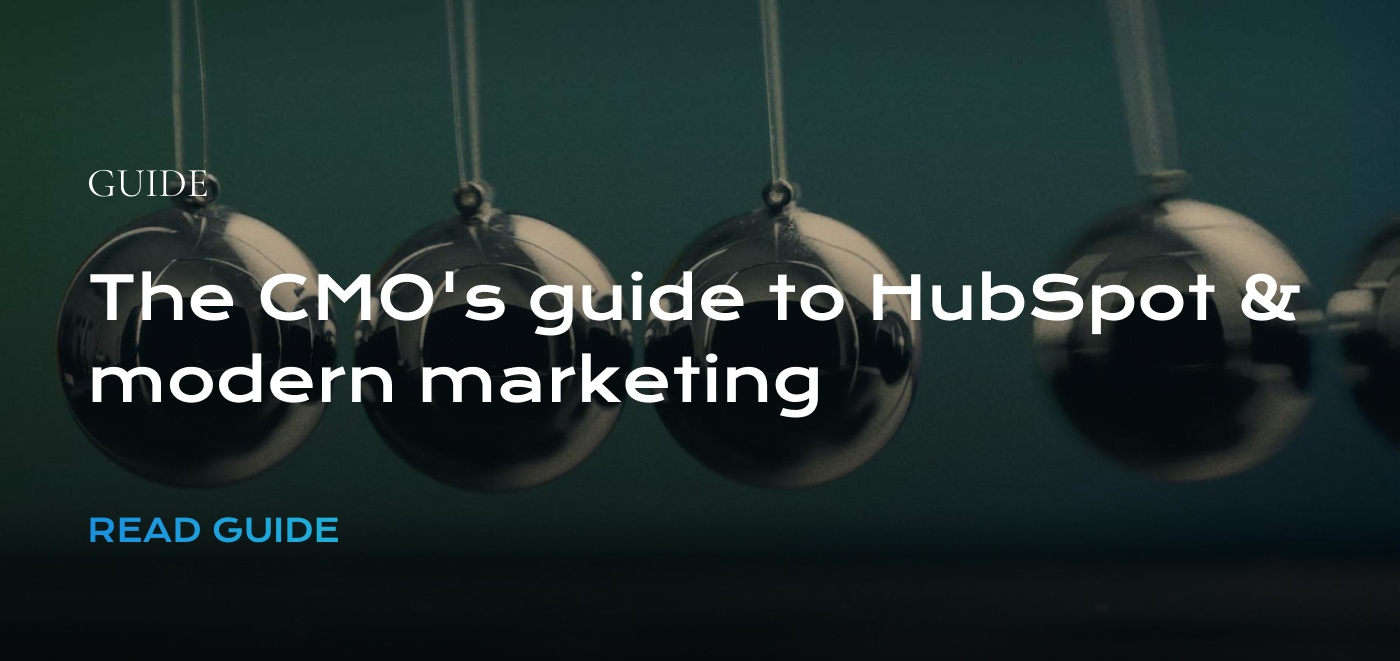How SEO has changed and how you can keep up
If you are working with search engine optimization (SEO), you have probably caught onto the fact that Google updates its algorithm from time to time. An example of such an update is when they made websites that are not optimized for mobile rank lower, or that it can reveal so-called “black hat SEO” strategies and penalize those who use them. But there are far more things to consider when you are chasing that coveted first placing in Google’s search result.
3 important changes within search engine optimization
1) Penalising those who cannot keep up with the times
As mentioned, it pays off to optimize your site for mobile if you want to be found in the search results. If your website is deemed unfit for mobile, Google will fully on avoid showing your website to those searching for it on mobile.
As the share of those performing search is anywhere from 39 to 72 % (dependent on what industry you are in), you could be losing out on a lot of potential clients that are searching on mobile.
Another change to the search engine algorithm that appeared in 2012 will also affect your rankings if you haven’t kept up. The term “Black hat SEO” is often used when talking about websites that try too hard to optimize the page for the search engines, not humans.
One such tactic is to hide keywords behind elements on the page or pretend your page is about something that it is not. Google will see straight through these tactics.

2) A better understanding of the keywords
If you are looking for a “Google tool for SEO” the search engine would in the past have read and understood each word separately. This means a tool in this context could be seen as a hammer or drill.
Today, Google has become better at understanding the context of what we are looking for. This means that you can write content focusing on a topic, not a single keyword.
One way of structuring your content is by creating so-called “pillar content”. This entails creating one main page for a specific topic, then connecting all other related pages back to this main page and vice versa through internal links. HubSpot looks more closely at this in the following article.
3) Immediate answers
You can ask almost any question and get an immediate answer that Google has picked out for you. This will display in different forms, depending on what you are searching for.
Googling “Restaurants nearby”, you will get an overview of all the top rated restaurants near you, including opening times and where you can find them on the map. If you ask the question “What is SEO?” you will most likely get a definition of the term as well as links to where that explanation has been posted online.
This is called “Featured Snippet”, and those featured here are not necessarily the same as the top ranking page in the organic search result. You can read more about how you can be the chosen one here.
3 important changes in the way we behave
1) Long-tail keywords
Did you know that 64 % of the keywords we use are four words or more? This means that the searches are more specific and that the person is more aware of what they are looking for.
This is why you should be more specific too. Look for opportunities for long-tail variations of your keywords. Long-tail variations are simply a longer, more specific version of your original keyword.
Instead of “inbound marketing” we could target the search phrase “inbound marketing in the health sector” or “inbound marketing agency in Oslo”.
Those using these types of phrases when they search have already gone through some level of elimination to make their search more specific. By targeting these types of phrases, you are targeting people who are more likely to be looking for exactly what you offer.
2) We skim-read content
The amount of content that is available online has increased drastically, and that is not going to change anytime soon. There are plenty of potential answers to the searcher’s queries.
The user has moved from desktop to smaller devices a long time ago. People don’t have time to read all the information on a page before they find their answers, which means they skim.
3) We search the way we talk. And we talk the way we search.
In the past, we would normally use shorter keywords and phrases without building complete sentences.
Today we have a conversation with the search engines. Instead of searching “restaurant Oslo”, you might write “What is the best place to eat near my location?”
Numbers from 2016 show that 20 % of the questions that are used to search on mobile is placed through voice search. So we search the way we speak and speak the way we search. Is your content built with this in mind?
Our top 5 tips to keeping up:
- Yes, you still have to consider keywords
- Structure your content into “pillar content”
- Optimise your website for all devices
- Write for the reader, not for the bots
- Think quality over quantity
Real Growth. Real Impact.
HubSpot for startups: Leveraging the platform and unlocking growth w. Ragini Campion
Making AI adoption not a big deal with Mike Kaput from The AI Show
HubSpot's Spring Spotlight 2025 was not what we expected
The Power of Community in Marketing
The Return of Human Marketing in an Automated Age | Avidly Talks
How to make change projects a success - Change management tactics
How to prompt AI for great creative ideas
See why enterprises choose Avidly
Let’s build your HubSpot success story
Compelling final call to action - with accompanying link to Contact page








